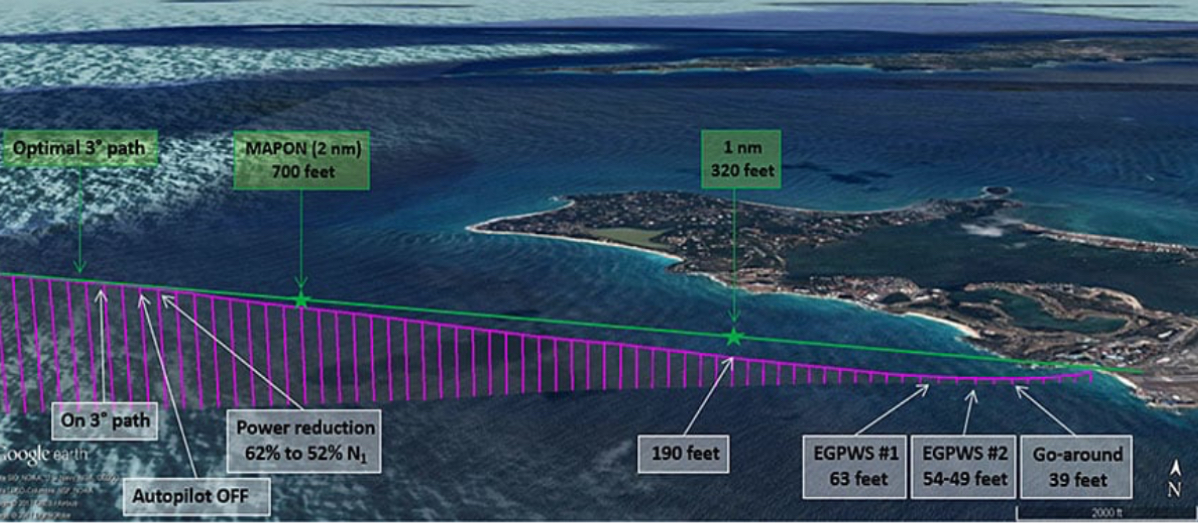The Weekly Reflektion 03/2024
Human Performance was a focus area for the Institution of Chemical Engineers Hazards 33 conference in Birmingham in November 2023. Understanding why people do what they do and why it makes sense for them to do it is a key element in a successful investigation. This development from ‘Human Error’ and pointing out what went wrong to understanding ‘Human Performance’ is positive, but it is unfortunately still not the norm in the industry. There is still a tendency to point the finger, find the scapegoat and deal with the person and not the problem.

If people make decisions based on their interpretations of a situation, how can we help them interpret correctly?
At the Hazards 33 conference Abbie Harvey of the UK Civil Aviation Authority gave a presentation on an incident with a Westjet Boeing 737-800 on approach to the Sint Maarten runway on 7th March 2017. The flight was from Toronto and on the final approach the aircraft descended too low, and the flight crew executed a missed approach. The crew went round and executed a second successful approach. The airline refused to call the incident a ‘near miss’ and maintained that the crew had experienced changing weather conditions and as a result descended below the normal glide path on the approach. They emphasised that the crew had recognised the situation and were trained on how to handle such an incident. The Canadian Transport Safety Board (TSB) investigated the incident and found that the causes were not quite so simple.
There were significant changes in visibility, and these were not communicated to the crew, even though they were below the minimum. The setting for the aircraft’s altimeter was incorrect resulted in the aircraft being over 20 meters lower than it should have been. The runway lights and precision approach path indicator lights were set at low-intensity and difficult to see. The features of a hotel adjacent to the airport made it more conspicuous than the runway and caused the crew to mistake these for the runway. The crew’s attention to the poor visibility reduced their attention on their height. Luckily the aircraft’s enhanced ground proximity warning system (EGPWS) issued an audible alert of “TOO LOW, TERRAIN’ and the crew managed to pull up and go round.
In her presentation Abbie highlighted the IACO 5 principles of Human Performance and emphasized that these are relevant for any industry.
▪ Principle 1: People’s performance is shaped by their capabilities and limitations,
▪ Principle 2: People interpret situations differently and perform in ways that make sense to them.
▪ Principle 3: People adapt to meet the demands of a complex and dynamic work environment.
▪ Principle 4: People assess risks and make trade-offs.
▪ Principle 5: People’s performance is influenced by working with other people, technology, and the environment.
Abbie made two important points in her summing up that we would like to repeat here.
Understanding the principles of human performance is vital to creating a safe, successful, and efficient working environmentand to the management of risk. Human performance considerations should be central to a thorough risk assessment.
By considering the human performance element of safety, we can set employees up for success. Each of the ICAO 5 Principles of Human Performance can help to understand how individuals perform, based on their surrounding environment and the information available to them at the time.
